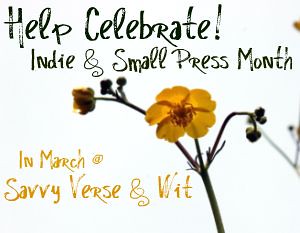
Story Plant publishes a number of fiction novels, including those reviewed here on the blog: When You Went Away and The Journey Home by Michael Baron (click his name to find guest post from the author about his path to publication and his writing space.)
Without further ado, let’s turn over the stage to Lou:
I spent the first twenty years of my career at big New York publishing houses. I was Deputy Publisher at Bantam, then Publisher of Berkley, and finally Publisher of Avon. When I switched my focus to writing, I always had in the back of my mind that I would go back to publishing at some point. However, I didn’t imagine myself ever going back to a large corporate entity. The scale was too big, and I found that the operation of a company was much less interesting to me than the development of writers and publishing programs. This is a reality of any big organization: if you want to have any level of influence, you need to spend a huge percentage of your time simply keeping the organization running.
When I finally did get back into publishing, I decided to do it at a much smaller scale than anything I’d been involved with before. Literary manager Peter Miller and I started The Story Plant, an independent house dedicated to developing commercial novelists. There have been things I’ve missed about having a large publisher behind me – the financial resources, for example, or the collegiality of a big staff, or having an IT department to address my latest computer malfunction. However, a small imprint has allowed me to concentrate on the books. Sure, I’m spending time on the kind of clerical work I haven’t done since my entry-level days, but I’m not spending my time in budget meetings, forty-person planning sessions, or dealing with myriad personnel issues. I see this as a net gain. The majority of the time I spend on The Story Plant is time spent directly affecting the books on our list.
There’s no question that I felt at a competitive disadvantage for the first few years. The big houses were getting all of the display and we had no muscle. However, the considerable digital shifts in the business have made the playing field more level. I now feel that, if we can provide high editorial quality and do an effective job of drawing attention to our books, we can compete very effectively. Perhaps the biggest advantage of being a small house is that we can stick longer with writers we believe in. Big houses need to walk away quickly from writers that fail to immediately achieve certain sales because those houses need to keep the machine humming. Small houses can seek new ways to introduce good writers to the world if the first approach doesn’t work. This is beginning to bear fruit for us.
I think it’s a good time to be a small publisher. Scale is beginning to matter less in this business, and that hews to the benefit of the little guys. More than it has been in a long time, our business is all about the books. As a small publisher, I can maintain my focus on our titles and worry much, much less about our operation.

About the Publisher:
Lou Aronica, Publisher, spent twenty years at publishing houses, serving as Deputy Publisher at Bantam before becoming Publisher at Berkley and Avon. During this time, he edited and published numerous New York Times bestsellers. A New York Times bestselling author himself, Aronica has written two pseudonymous novels and coauthored eight works of nonfiction.
 When I finally did get back into publishing, I decided to do it at a much smaller scale than anything I’d been involved with before. Literary manager
When I finally did get back into publishing, I decided to do it at a much smaller scale than anything I’d been involved with before. Literary manager 



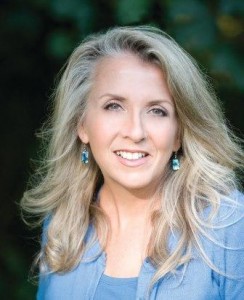 About the Author:
About the Author:
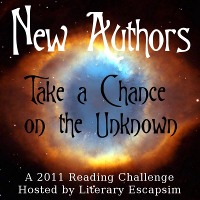




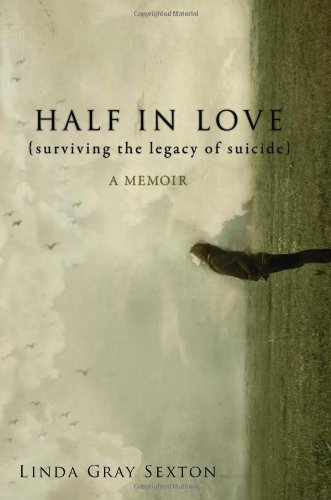
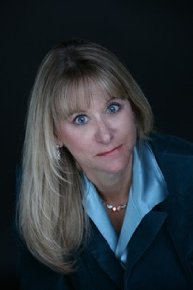



 About the Author:
About the Author:


